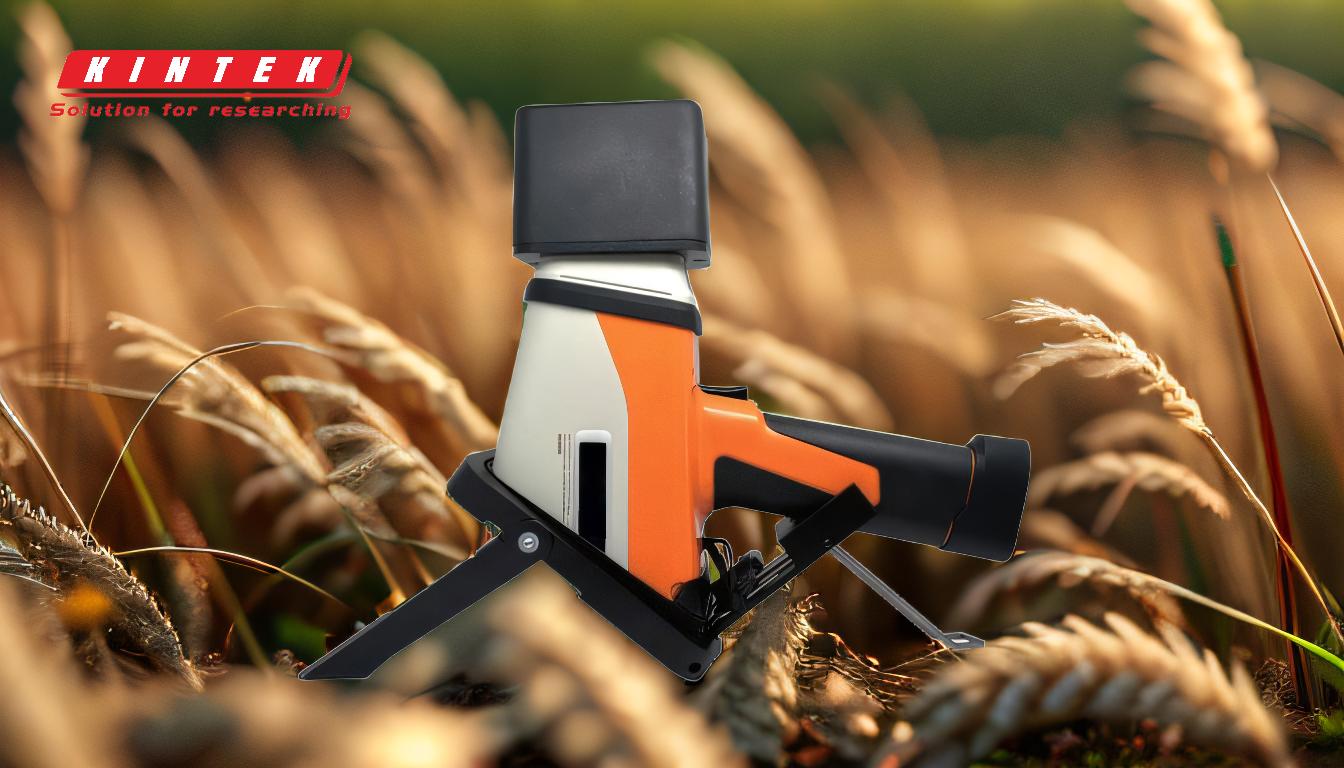Soil analysis is a crucial process for understanding the health, fertility, and potential hazards of soil.
Various tools and methods are employed to assess different aspects of soil, including its nutrient content, presence of heavy metals, and overall quality.
This summary outlines the key methods and tools used for soil analysis, focusing on portable X-ray fluorescence (XRF) analyzers and other relevant techniques.
5 Key Tools and Methods for Effective Soil Analysis

1. Importance of Soil Analysis
Soil supports a variety of life forms, providing essential conditions for human sustenance.
Soil quality directly influences plant ecosystems, affecting the type and quality of crops grown.
Soil contains numerous microorganisms, playing a critical role in nutrient cycling and plant health.
Adequate and high-quality soil is vital for the development of various industries and the national economy.
2. Tools for Soil Analysis
Portable X-ray Fluorescence (XRF) Analyzer: This handheld device is used to rapidly analyze soil for various metal components, including those regulated under environmental standards like RCRA.
It provides a non-destructive, fast, and accurate method for multi-element analysis, making it ideal for field use and process control.
Handheld Soil Analyzers: These devices are versatile and can analyze a range of materials including sand, sludge, and solid waste, providing on-site monitoring of pollution levels.
3. Methods for Soil Analysis
Bray Test, Olsen Test, and Mehlich III Test: These are common methods used to evaluate the presence of phosphorus in soil, each suited for different pH levels and soil types.
Soil Enzyme Analysis: This method reflects soil fertility and activity, with specific enzymes like urease being sensitive indicators of heavy metal pollution such as mercury.
4. Sample Preparation for Soil Analysis
It is crucial to remove organic and inorganic contaminants to avoid distorting analysis results.
Calcination: This process helps in removing moisture and obtaining dry sample results, which are essential for accurate analysis.
5. Applications of Soil Analysis
Soil analysis tools like XRF analyzers are used to monitor and control pollution, providing data for legislative standards and environmental policies.
Understanding soil composition through analysis helps in optimizing crop cultivation, fertilization, and overall land management.
Accurate soil analysis is fundamental for in-depth studies in fields like agriculture, ecology, and environmental science.
By employing these tools and methods, stakeholders in agriculture, environmental science, and public health can make informed decisions to manage and protect soil resources effectively.
Continue Exploring, Consult Our Experts
Elevate your soil analysis game with KINTEK SOLUTION's cutting-edge tools.
Experience rapid, accurate assessments with our portable XRF analyzers and unlock the secrets of your soil today.
Don't let fertility mysteries go unanswered—contact us now for a tailored solution that fits your needs.
Start making informed decisions and safeguarding your soil resources—your soil's health is in good hands with KINTEK SOLUTION.











